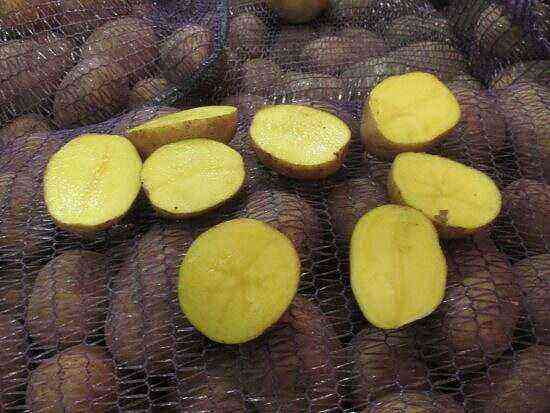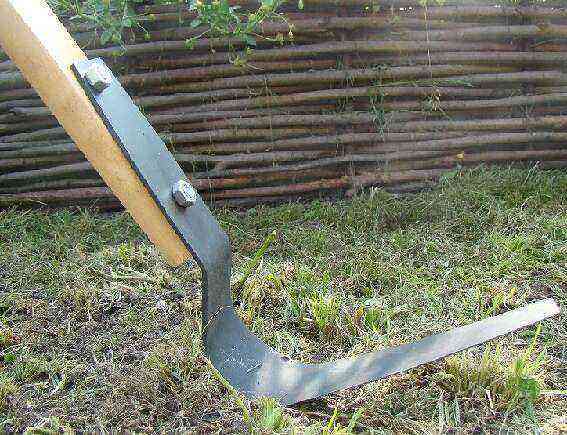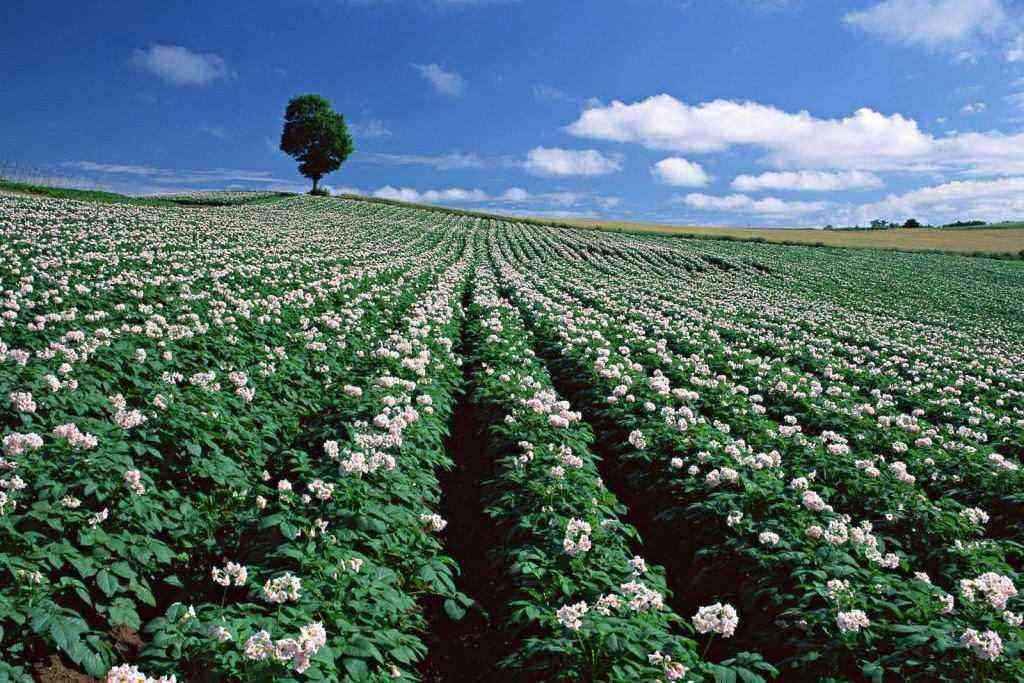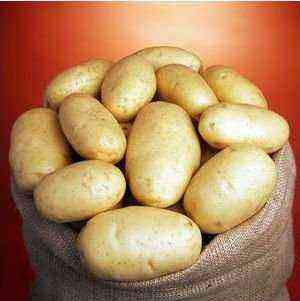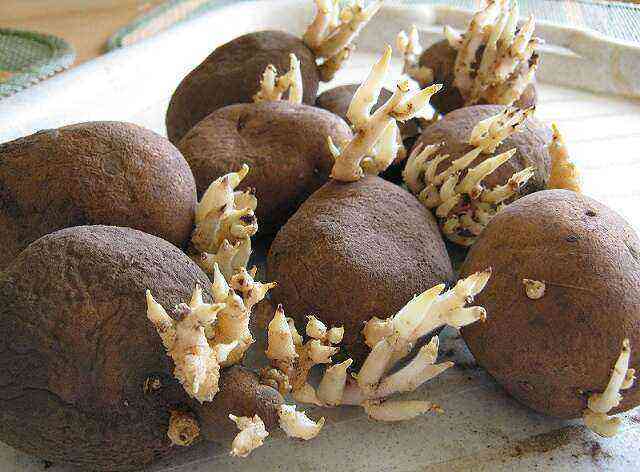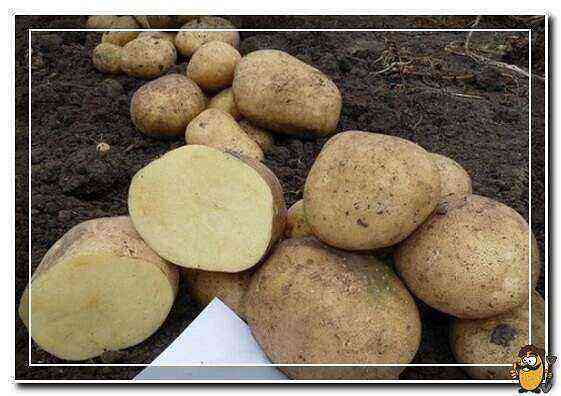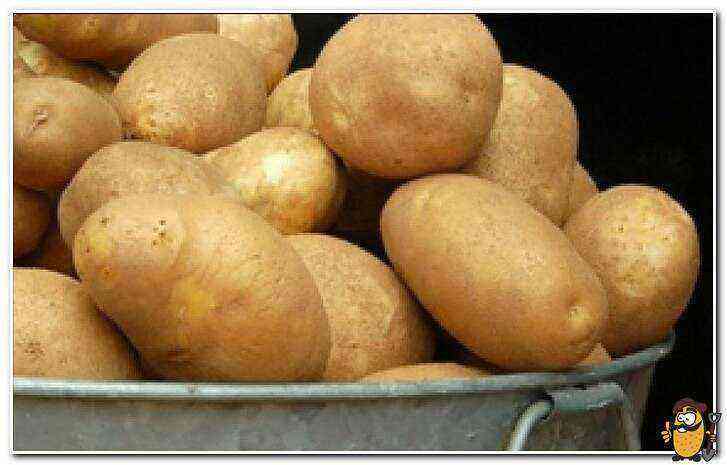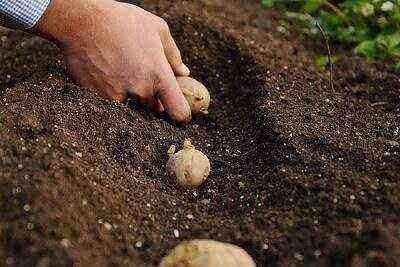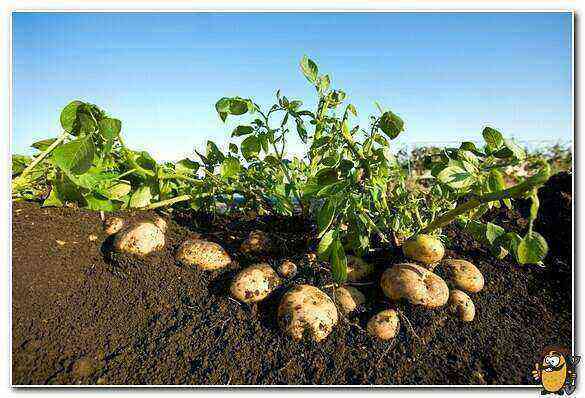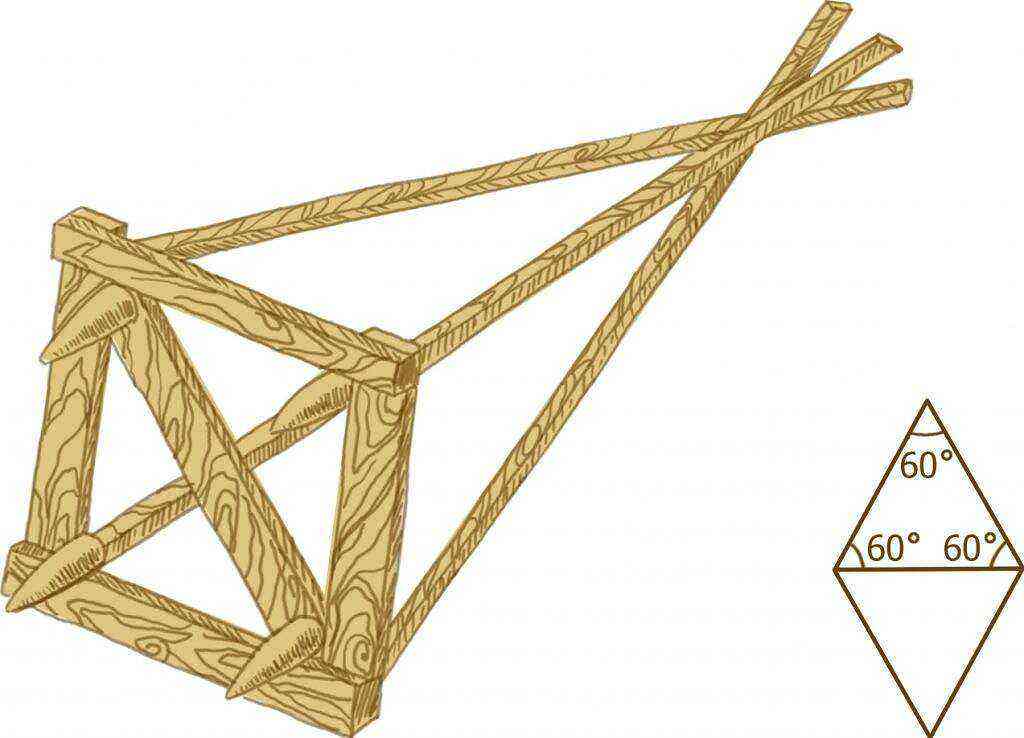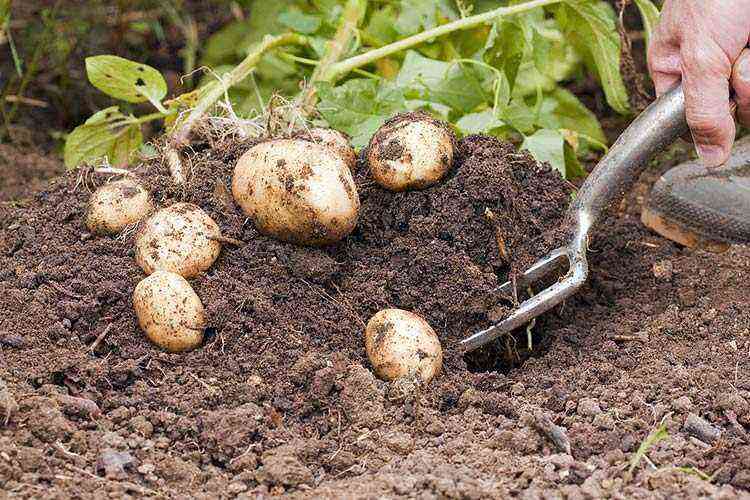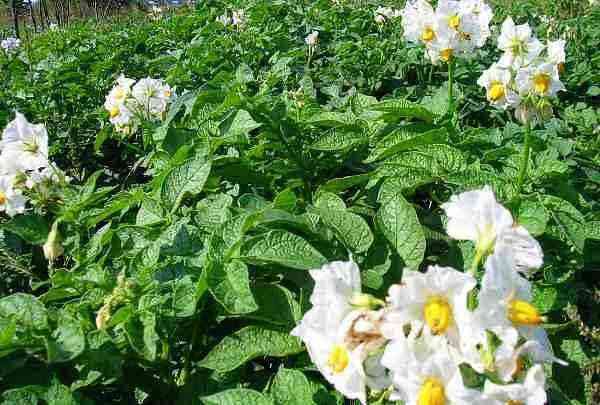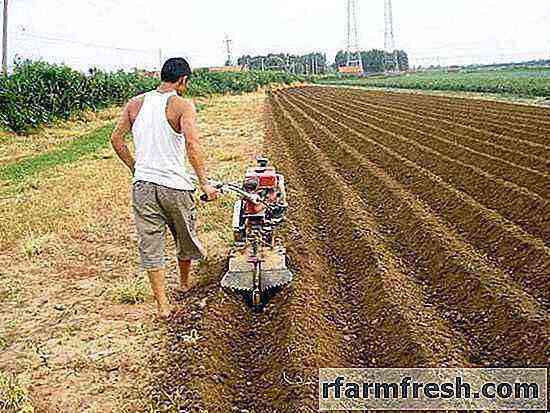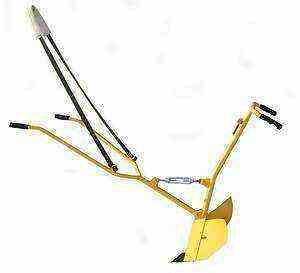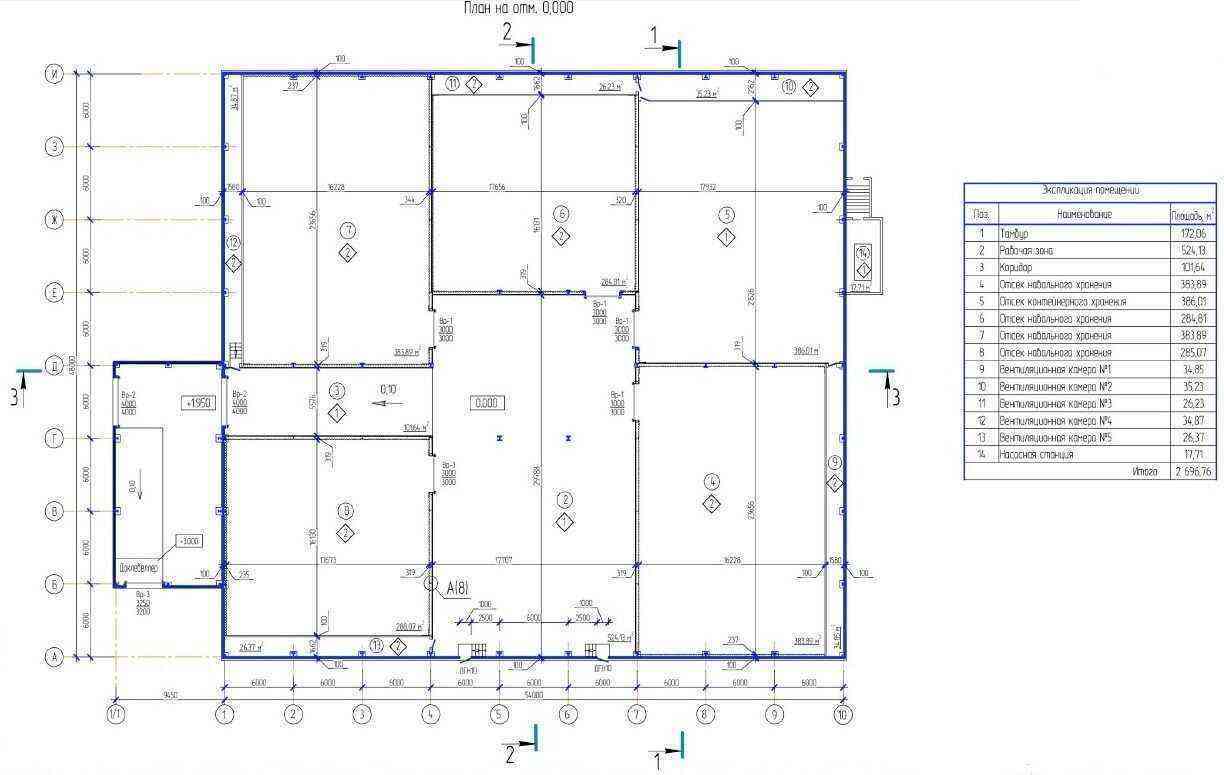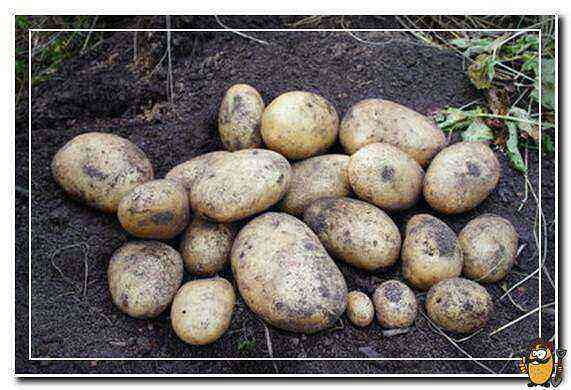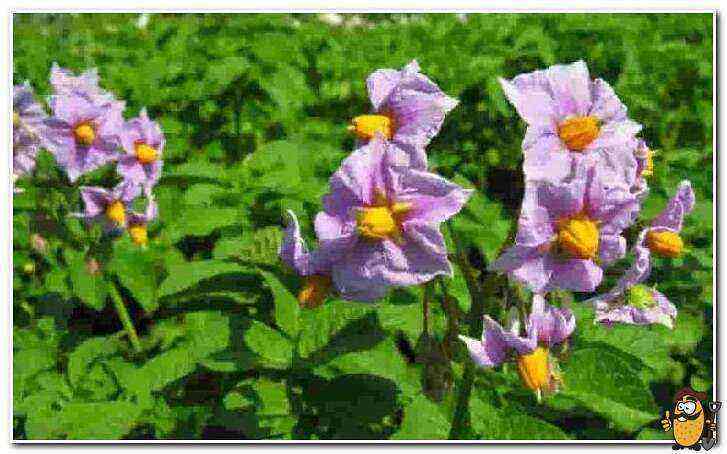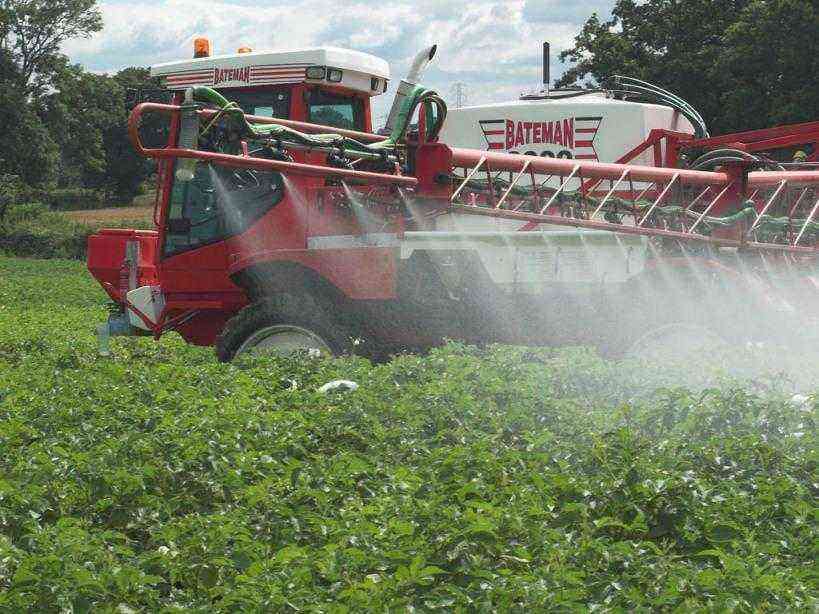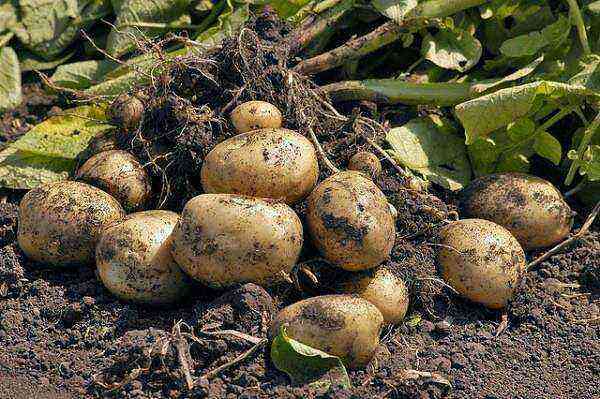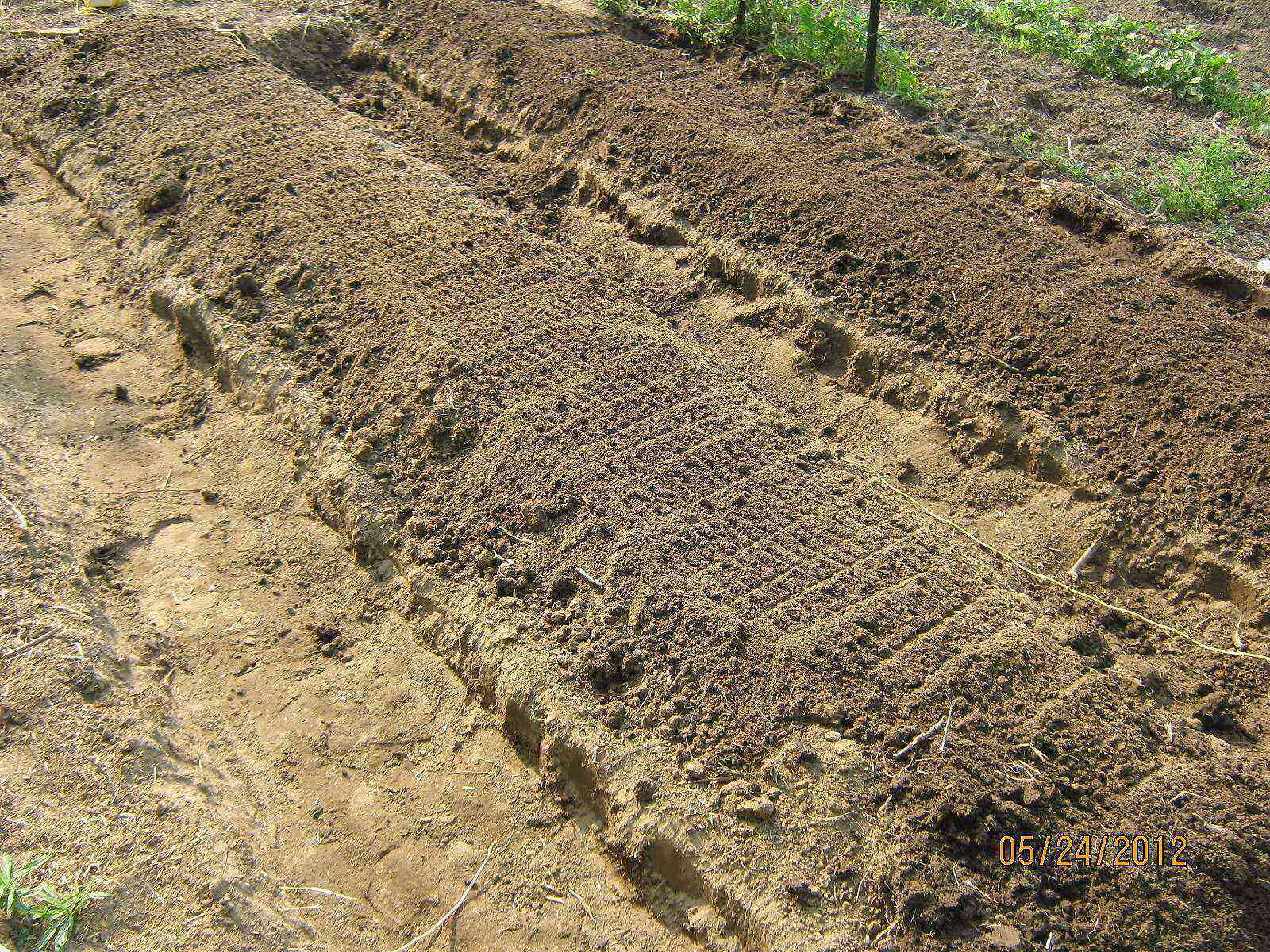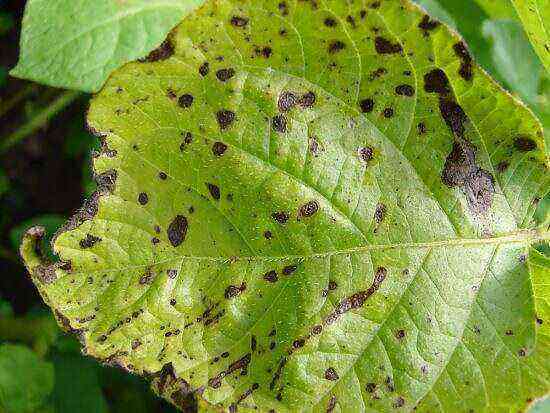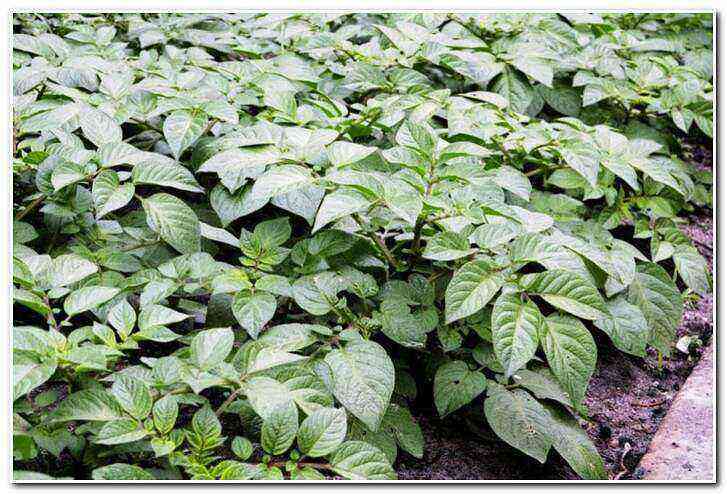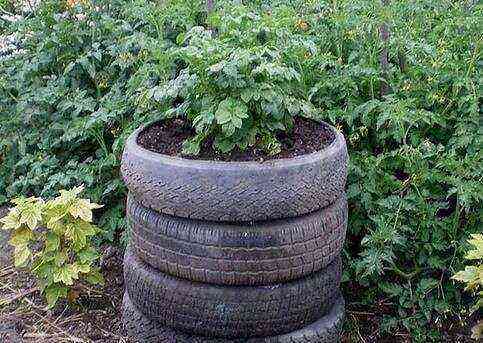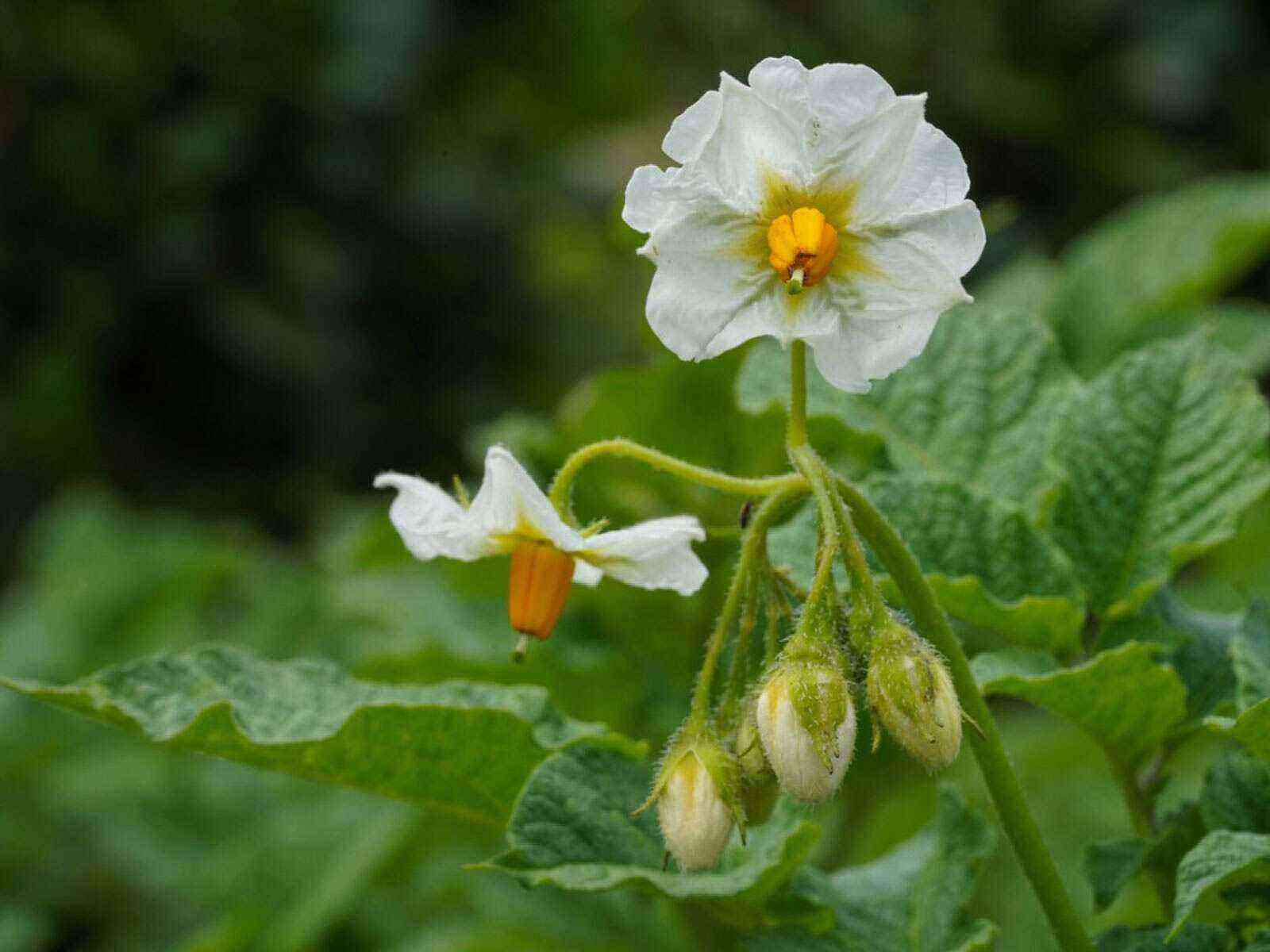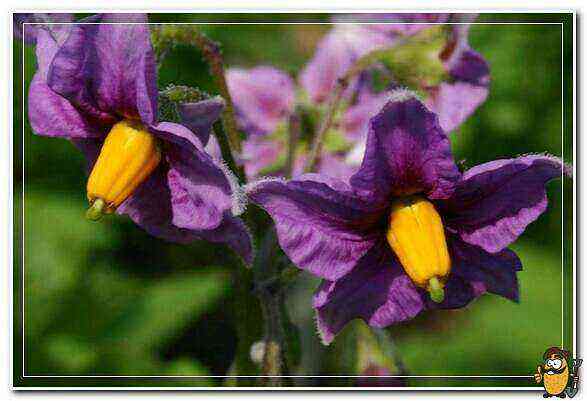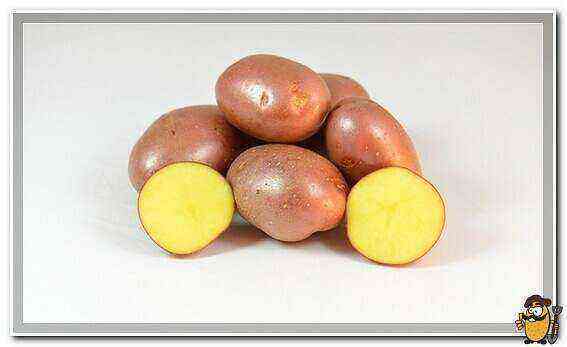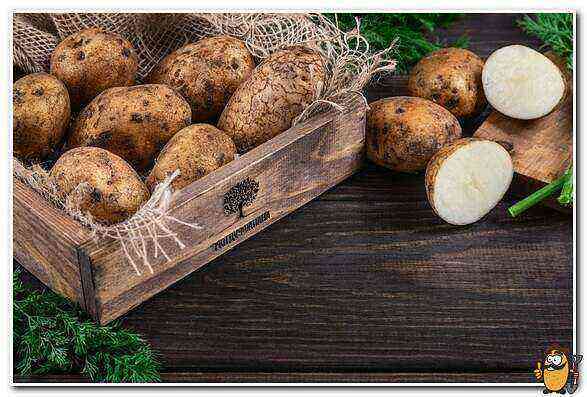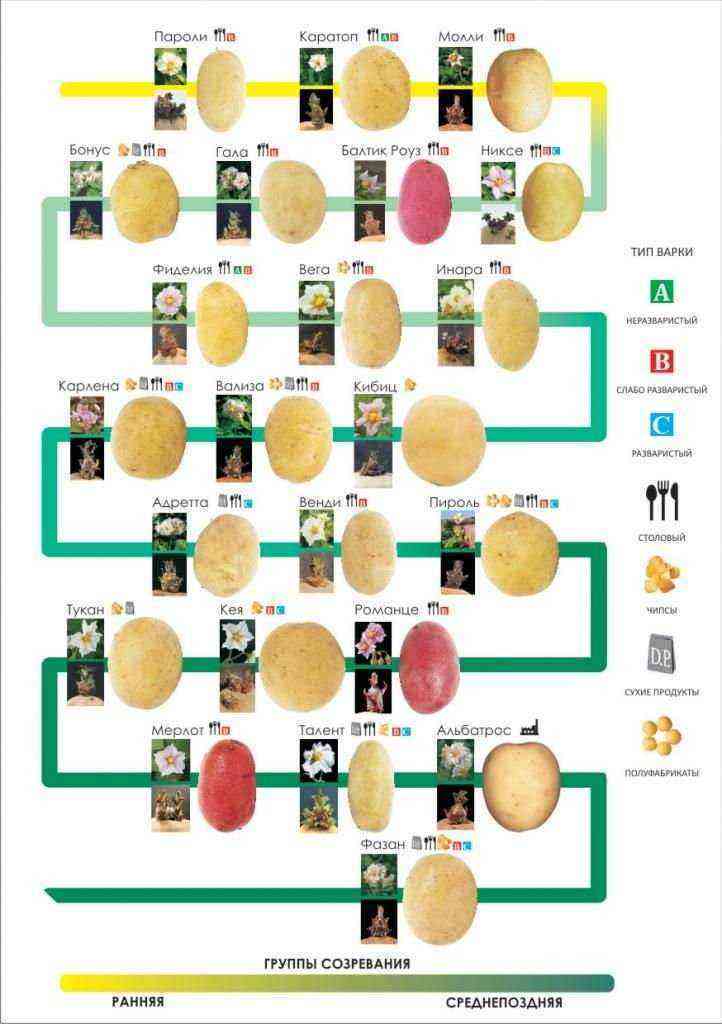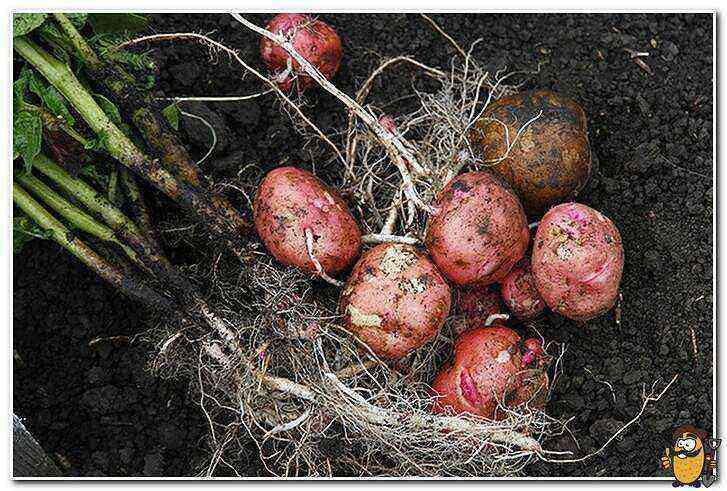Planting potatoes takes a lot of time and effort. Finally, the tubers are already in the ground, neat ridges adorn the beds, and all that remains is to wait for the shoots, preparing to repel the onslaught of weeds, Colorado beetles and other pests. But what if, after three to four weeks from the moment of planting, the potatoes have not sprung up? First you need to figure out why this happened.
How many potatoes sprout
Knowing how many days the potatoes will sprout, you can calculate the time for the first shoots to appear. In the temperate central regions, sprouts appear approximately 21 days after planting. In the south, this period may decrease to 14-15 days, in the north – increase to 25-28 days.
If the tubers are planted already well sprouted, with shoots 3-4 cm long, then in warm weather, seedlings should be expected at least a week ahead of schedule – after about 14 days.
Sprouted potatoes sprout faster
Early potatoes are usually vernalized within 5 weeks by spreading the tubers on wet sawdust. By the time of planting, such a potato will already have not only shoots, but also a root system. Tubers sprouted using this technique sprout a week after planting.
Despite the fact that potatoes adapt perfectly to different climatic conditions and soil types, there are several reasons why tubers planted in the ground may not germinate at all or give frail, non-viable seedlings.
Potatoes may not sprout for the following reasons:
- weather, soil conditions, violations of planting rules;
- poor quality seed material;
- pests and diseases.
Influence of climate and planting dates on tuber germination
Potatoes do not germinate for a long time if:
- the tubers are planted too deep;
- potatoes were planted too early, in cold soil that did not have time to warm up;
- the soil is too damp or, conversely, dry.
If the soil on the site is loamy, the optimal potato planting depth is 7-8 cm.In sandy loam or peat soil, the holes can be slightly deeper – about 10-12 cm.It should be borne in mind that the larger the layer of soil separates the tuber from the surface, the harder it is for the sprouts to break through out. Potatoes planted in holes 20-25 cm deep will sprout no earlier than a month later, and only if the soil is properly warmed up.
The timing of planting is of great importance. Soil temperature should be at least + 8 ° C. In colder soil, potatoes lose their germination. If frosts hit after planting, tubers and barely hatched sprouts may freeze. Therefore, in cold weather, when there is a threat of frost, experienced gardeners cover the potato beds with an agricultural canvas.
One of the most reliable agricultural signs: potatoes need to be planted when young birch leaves grow to the size of a small coin.
If there are prolonged rains, because of which the soil is too damp, the access of oxygen to the tubers becomes difficult, they begin to choke and rot. But even in too dry soil, the development of potato shoots is suspended. During a drought, plantings should be watered at least once a week, maintaining a moderate humidity.
Seed quality control
The most serious disadvantages of seed:
- tubers do not have eyes;
- potatoes are too small;
- shoots are very thin, threadlike;
- tubers deteriorated or began to rot during the winter;
- before planting, potatoes are treated with too much fungicide.
Shoots are formed from the eyes, so if the potato does not have them, then it will not germinate.
The larger the tuber, the more nutrients the shoots will receive. Too small potatoes, if they give sprouts, are very weak. Therefore, tubers should not be left for seeds less than 40 grams.
It is better not to store the seed in plastic bags to prevent the potatoes from suffocating. As a last resort, holes are cut in the bags for ventilation. Seed tubers are carefully selected in the fall and stored separately from the rest of the potatoes. It is advisable to keep the seeds in the light for some time before storing them so that their peel turns green.
In the spring, 20-30 days before planting, the seeds are sorted out again, sprayed with a weak solution of copper sulfate (2 grams per 10 liters of water) and laid out for vernalization in a cool dry room (at a temperature of 10-15 ° C). The seed shoots should be thick and strong.
Tubers with frail filamentous shoots are discarded: such shoots will not have the strength to break through the soil. In no case do sick, rotten potatoes vernalize: they not only will not give healthy shoots, but also infect neighboring tubers.
Sometimes gardeners themselves are to blame for the fact that high-quality potatoes do not sprout: in an effort to protect tubers from diseases, they are treated with a large number of pesticides. This should not be done under any circumstances. When using fungicides and other drugs, you should strictly follow the instructions and in no case exceed the dosage.
Diseases and pests of potatoes
Even one tuber, sick with rhizocerosis or black leg, is capable of infecting several neighboring beds. The danger increases in cool, damp weather. In this case, the spores of pathogens are carried along with rainwater and dew drops.
If potatoes are planted in the same place for several years in a row, pathogenic bacteria and fungi overwinter in the soil, and in the spring they literally pounce on the seeds. As a result, the tubers rot in the ground without sprouting.
Fungicides are used to combat potato diseases. Also, the spread of infections can be prevented if winter rye, oats, and legumes are planted as siderates in front of potatoes.
Insects that can damage tubers and gnaw young shoots overwinter in the soil:
- bear;
- beetle larvae;
- wireworm larvae.

There are several simple folk ways to get rid of these pests. In the fall, it is necessary to dig up the ground to a depth of 20-25 cm. Most of the insects that have gone to winter will be on the surface and freeze.
May beetle and wireworm larvae are discouraged by the smell of onion husks. A small amount can be thrown into each hole when planting potatoes. A handful of crushed eggshells will not only save the tuber from the bears, but also serve as a fertilizer. Also, the larvae are frightened off by nitrogenous compounds contained in the nodules on the roots of peas, beans, clover and other legumes.
A week before planting, you can set traps for the bear. To do this, in several places, liter cans are buried in the ground, at the bottom of which beer or water with honey is poured. Insects crawl on the smell of food, fall into traps and cannot get out of there.
What to do if potatoes do not sprout
If the potatoes have not sprouted by the pre-calculated date, it is necessary to check the condition of the tubers. Perhaps they were simply planted too deeply and the shoots will hatch 7-10 days later than at normal planting depth. If the weather is too dry, then watering can speed up the growth of potatoes.
It is much worse if the tubers, along with the sprouts, have rotted in the ground or have been damaged by pests. In this case, all the rotten potatoes must be dug up and burned, and the soil must be treated with fungicides.
It is better to sow the infected area with legumes, rye or oats, and for the potato beds you will have to choose another place. If you plant early-maturing potatoes in new beds, ripening within 70 days, then, despite the first failure, it will still be possible to harvest in the fall.

